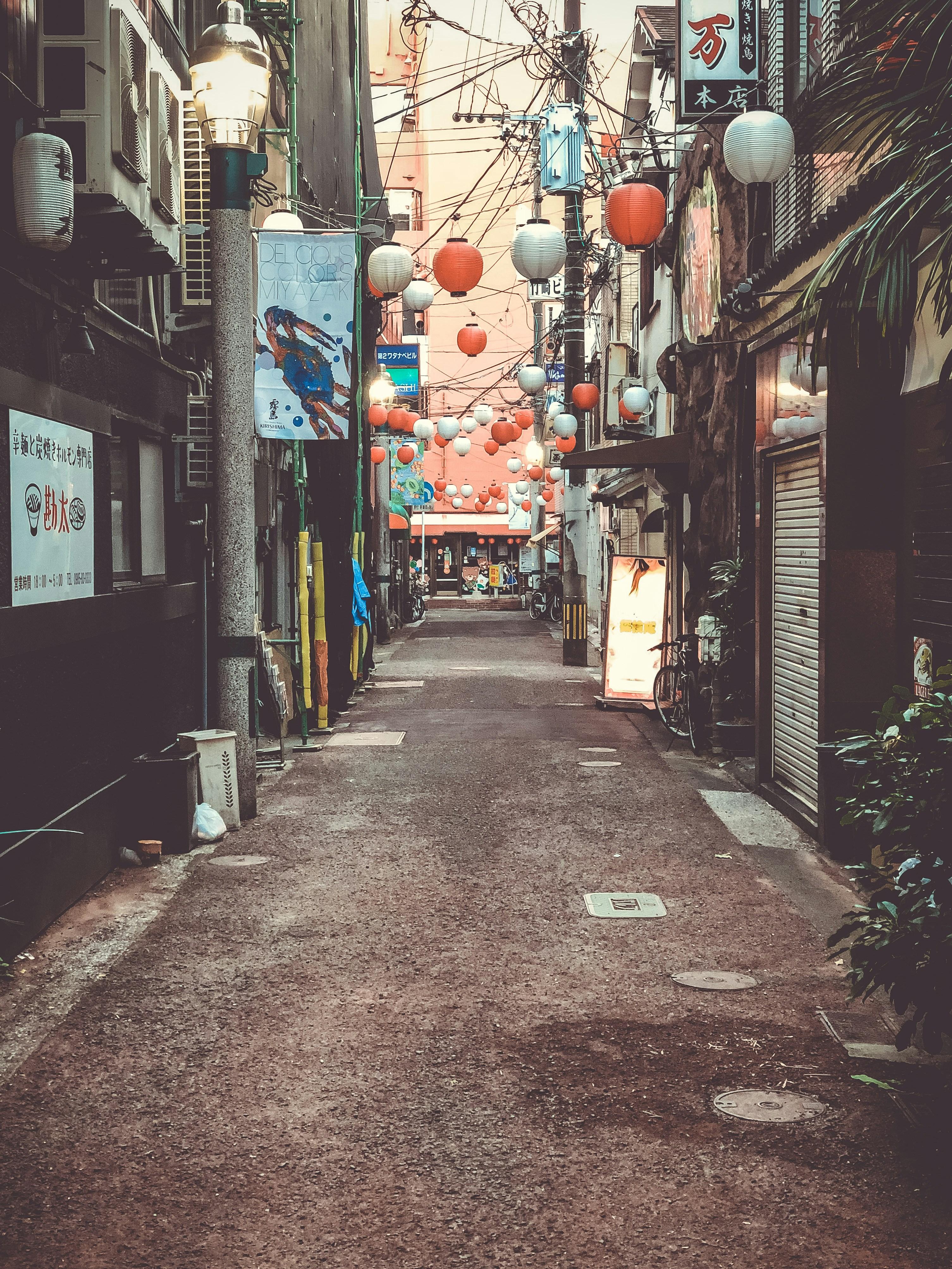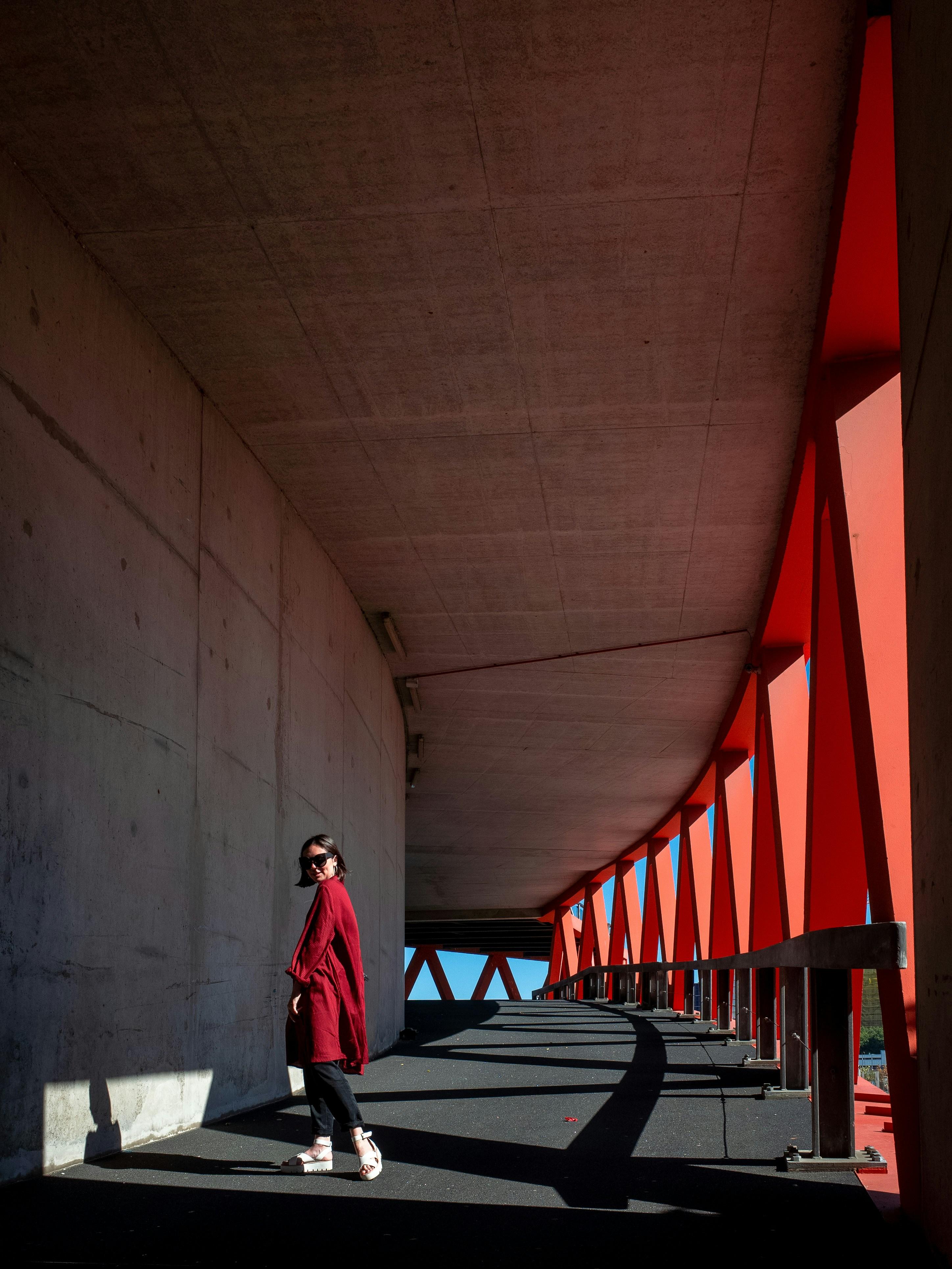Hayao Miyazaki’s films have long occupied a unique space in the world of cinema, transcending cultural boundaries and generational divides. Renowned for their intricate storytelling, breathtaking animation, and profound thematic depth, Miyazaki’s works have captivated audiences across the globe for decades. This article seeks to explore the enduring appeal of Miyazaki’s films and the reasons they resonate so deeply with viewers of all ages. By examining the universal themes, richly developed characters, and innovative artistry that define his oeuvre, we aim to understand why these films remain timeless and continue to enchant new generations of audiences. Through a careful analysis of his storytelling techniques and the cultural impact of his narratives, we will uncover the elements that contribute to the lasting legacy of Hayao Miyazaki’s cinematic masterpieces.
Exploring Universal Themes and Human Emotions in Miyazakis Storytelling
In the world of Hayao Miyazaki, the exploration of universal themes and human emotions is achieved with a deft touch that transcends cultural and generational barriers. His films delve into the core of human experience, highlighting elements such as the struggle between good and evil, the innocence of youth, and the power of nature. These themes resonate deeply with audiences, as they mirror the complexities of real life, encouraging viewers to reflect on their own experiences and emotions. The masterful storytelling in films like Spirited Away and My Neighbor Totoro captures the essence of what it means to grow, to face fears, and to find one’s place in the world.
Miyazaki’s ability to evoke genuine emotion stems from his attention to detail and his commitment to portraying characters with authenticity and depth. The characters are often caught in moral dilemmas, allowing audiences to empathize and connect with their journeys. This is achieved through:
- Complex character development that reveals multiple facets of personality and growth.
- Richly detailed settings that provide a backdrop for emotional storytelling.
- Subtle yet impactful narratives that weave together fantastical elements with real-world issues.
Through these storytelling techniques, Miyazaki crafts films that are not just entertaining but also profoundly reflective, offering viewers of all ages a mirror to examine their own emotions and values.

The Role of Nature and Environment as Enduring Elements in Miyazakis Films
In the cinematic universe of Hayao Miyazaki, nature and the environment are more than just backdrops—they are dynamic characters that play crucial roles in the narrative. Miyazaki’s films, from My Neighbor Totoro to Princess Mononoke, exhibit a profound respect for the natural world, often showcasing the delicate balance between human civilization and the environment. This thematic focus not only underscores the director’s personal environmental concerns but also resonates with a global audience increasingly aware of ecological issues. Miyazaki’s storytelling emphasizes the symbiotic relationship between humans and nature, often suggesting that harmony and respect are essential for coexistence.
The recurring environmental motifs in his films are depicted through lush landscapes, mystical forests, and elemental spirits, which are rendered with meticulous detail. Key elements include:
- Magical Realism: Blending reality with fantastical elements to highlight nature’s beauty and power.
- Complex Characters: Often featuring protagonists who learn and grow through their interactions with the natural world.
- Environmental Messages: Subtle yet powerful messages about conservation and respect for the earth.
Through these enduring elements, Miyazaki crafts narratives that are timeless, appealing to audiences of all ages by inviting them to reflect on their own relationship with the environment.

Analyzing Miyazakis Unique Animation Style and Its Appeal Across Generations
Hayao Miyazaki’s animation style is distinguished by its meticulous attention to detail and the ability to weave complex narratives through visually stunning artwork. At the heart of his films lies a profound respect for nature and an exploration of the human spirit, themes that resonate across generations. His use of hand-drawn animation, a technique that prioritizes fluidity and expressiveness, creates an immersive experience that is both nostalgic and refreshingly unique in the digital age.
- Rich, Layered Storytelling: Miyazaki’s films often explore universal themes such as environmentalism, pacifism, and the journey to self-discovery. These narratives transcend cultural boundaries and age groups, offering something for everyone.
- Complex Characters: Characters in Miyazaki’s works are neither wholly good nor evil. This moral complexity invites viewers to engage with the story on a deeper level, appealing to both children and adults.
- Visual Aesthetics: The breathtaking landscapes and meticulously crafted worlds in his films captivate audiences, creating a timeless appeal that persists regardless of technological advancements in animation.
By combining these elements, Miyazaki has crafted a cinematic language that speaks to the child in everyone while also engaging the adult mind, making his films timeless treasures that continue to enchant new audiences worldwide.

Understanding the Cultural and Philosophical Influences in Miyazakis Works
Hayao Miyazaki’s films are a tapestry woven with threads of cultural and philosophical influences that resonate deeply with audiences worldwide. At the heart of his storytelling is the rich heritage of Japanese folklore and Shinto beliefs, which infuse his narratives with a sense of spirituality and reverence for nature. This is evident in films like Princess Mononoke and My Neighbor Totoro, where the natural world is depicted not only as a backdrop but as a living, breathing entity with its own consciousness and agency. These cultural elements create a unique viewing experience that is both educational and enchanting, inviting audiences to explore a worldview that values harmony and coexistence.
Miyazaki’s works also draw upon philosophical themes that transcend cultural boundaries, making them universally appealing. His films often explore complex concepts such as:
- Pacifism: Through anti-war narratives and characters who seek peace, as seen in Nausicaä of the Valley of the Wind.
- Environmentalism: A recurring theme that underscores the importance of respecting and preserving the natural world.
- Feminism: Featuring strong female protagonists who challenge traditional gender roles and empower viewers.
- Humanism: Emphasizing the goodness and potential for growth in every individual.
These philosophical undercurrents not only enrich the storytelling but also invite viewers of all ages to reflect on their own beliefs and values, ensuring that Miyazaki’s films remain timeless and relevant across generations.
